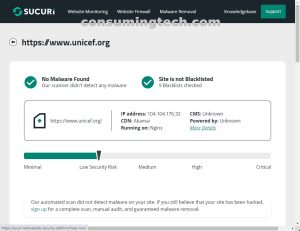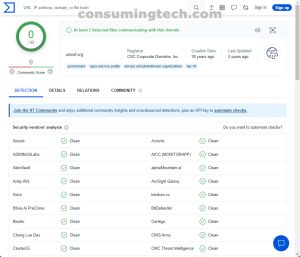Last Updated on October 1, 2025 by Mathew Diekhake
Description
The acronym UNICEF was originally used for The United Nations International Children’s Emergency Fund, which is now officially known as United Nations Children’s Fund. UNICEF, conceived on the 11th of December 1946 after WWII and awarded the Nobel Peace Prize in 1965, is a special program of the United Nations, which is committed to providing humanitarian support and developmental aid to children worldwide. This program, headquartered in New York City, allocates its funds and efforts to the purpose of improving the lives of children globally, focusing on the areas of health, nutrition, general welfare, emergency relief, and education. To date, UNICEF is present in over 190 countries and regions, with a growing workforce of over 13,000 employees on the ground. UNICEF is engaging with partners and governments to bring forth a positive impact for children. Funds for the program rely solely on voluntary contributions from governments and private donors, which as of 2021 stands at a record-breaking $8.1 Billion, according to UNICEF’s annual report.
Alternatives
Similar sites to unicef.org include unicefusa.org, wfp.org, unhcr.org, humanium.org, mercycorps.org, reliefweb.int, habitat.org, care.org, amnesty.org, and comparte.org.
Site Navigation/Overview
The unicef.org homepage had a large banner image related to the current crisis in Gaza (when I was writing this review). It said that the children in Gaza need lifesaving support. It stopped short of being political and was only looking at it from a humanitarian standpoint. When I scrolled below the fold, there were many other humanitarian issues related to helping children and there was a featured thumbnail-type section devoted to each crisis that could be clicked to read more about it. There were plenty of links on the homepage which I think is important for a site like this. You do want to show as many of the main crises as possible otherwise the click-through rate would suffer due to people not making the necessary clicks themselves. I clicked on the crisis related to Gaza and the single post had a large featured image above the fold, followed by the general story in text, and then the chance to donate via a link at the bottom of the post. It was clear to me that the design layout was specifically designed for a purpose which was for maximum effect on the story which is why there was no sidebar. And for a site like this, I don’t have a problem with that from an SEO perspective.
Site Popularity/Traffic Data
As of March 2024, unicef.org has 6.491 million monthly views (710.9K, Feb 2023), acccording to Similar Web. The Wayback Machine estimates that unicef.org was created on December 20, 1996. The Internet Archive has saved unicef.org 32,515 times between January 22, 1997 and April 13, 2024.
The site’s traffic picked up in 2000 and seems to have a steady traffic since then, with the most trafficked year being 2021.
Safety, Security, and Trust Report
I analyzed unicef.org for malware and malicious content to check if it was legit or a scam. Here are the results:
I checked unicef.org on Sucuri, and it returned with no issues. (screenshot below)
I then ran a parasite scan with Unmask Parasites on unicef.org and it is suspicious.
One suspicious inline script was found by Unmask Parasites as follows:
<"inlinescr" style="padding-left: 40px;">(window.NREUM||(NREUM={})).init={ajax:{deny_list:["gov-bam.nr-data.net"]}};(window.NREUM||(NREUM={})).loader_config={xpid...
I also checked unicef.org on VirusTotal, and it is clean. (screenshot below)
In conclusion, unicef.org was graded as a low security risk with no malware found during Sucuri’s scan. Unmask Parasites found 1 suspicious inline script and no vendors associated with Sucuri and VirusTotal have blacklisted the domain or deemed it as malicious. OVERALL GRADE: Relatively Safe.
Links and Profiles
Website: unicef.org
Submit your review | |


